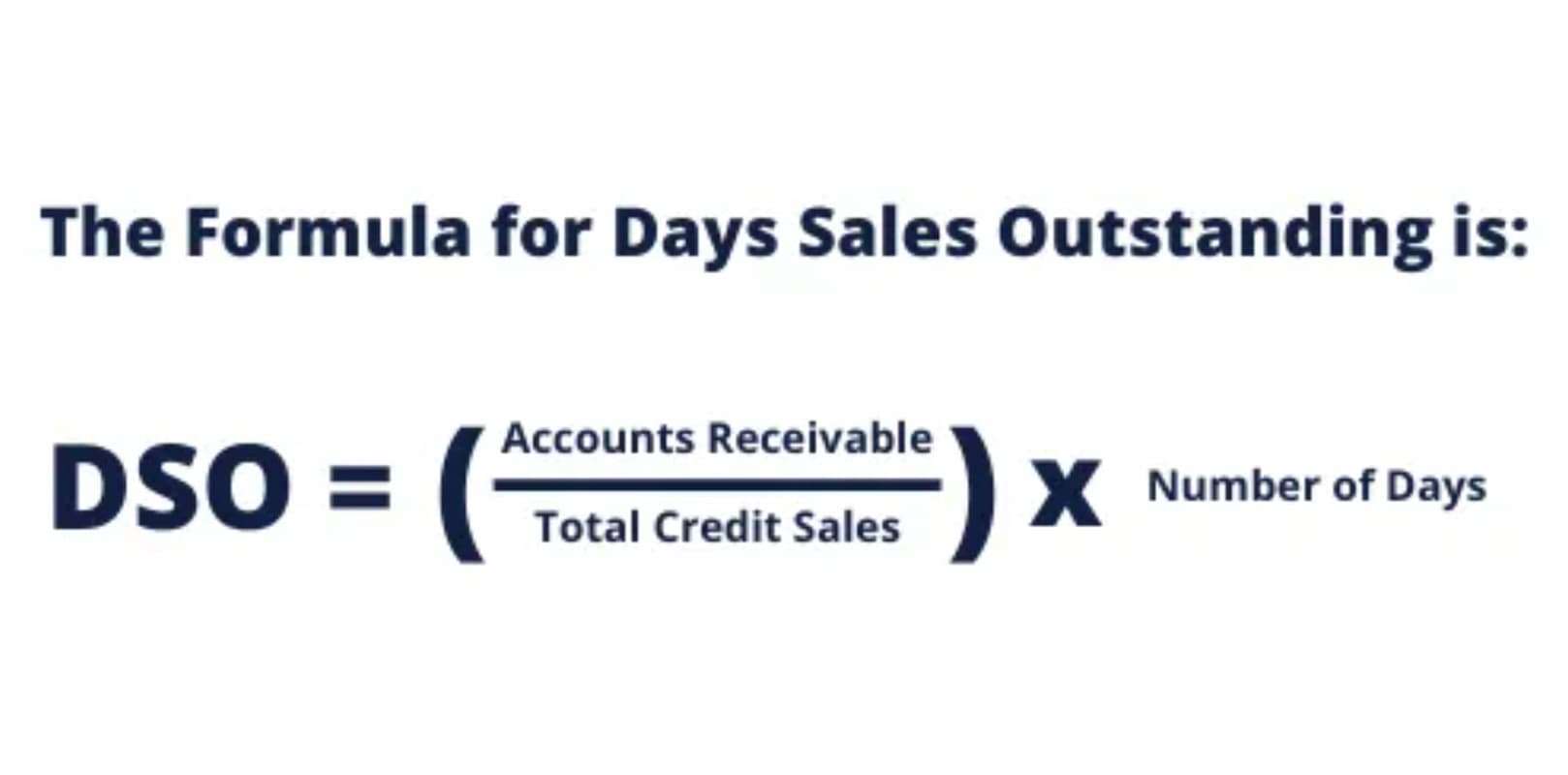
The specific calculations of sales margins usually defer from business to business. The sales margin is considered an essential indicator of the success of the company. The sales margin directly translates to profitability, and it does not need sophisticated calculation software. Some industries — like food services — have high overhead costs and by extension low profit margins. Professional services industries — like accounting and attorneys — have lower overhead costs which result in high profit margins.
Comparing Profit Margins
It is one of the most common metrics used in accounting to determine your business’s health. Using profit margin is an easy way to compare your business with others in your industry. You can use gross profit margins to compare your business to others in your industry. The main difference between sales margin and gross profit margin is that sales margin only considers the cost of goods sold, while gross profit margin takes into account all expenses. This means that gross profit margin is a more accurate measure of profitability. Sales margin and gross profit margin are two key metrics that businesses use to measure their profitability.
What’s the difference between gross and net profit margin?
A decent amount of cost must be recovered after selling the product, which covers all the expenses of the product as well as leaves with a fair sales margin. The pricing of the product is directly responsible for the sales margin of the product. Sales margin is defined as the profit made on the transaction or sale of a good or service.

What Is Profit Margin?
If you are also involved in the manufacturing and assembling of the product, then the cost of raw materials or spare parts, if any, should also be included. Let’s take the second sales margin formula example of two software companies Company A and Company B. Business margins, in general, are used to determine the value of extra units or sales in this case. They are pivotal in determining pricing as well as in making promotional decisions. Sales margins are key factors in many business decisions such as budgets and forecasts. Finally, profit margins are a significant consideration for investors.
- Margin is the difference between your selling price and your cost of goods sold (COGS).
- For the majority of small businesses, gross profit margin and net profit margin will be most important and most meaningful.
- Profit margin is a measure of how much money a company is making on its products or services after subtracting all of the direct and indirect costs involved.
- The pricing of the product is directly responsible for the sales margin of the product.
- This means that margin gives you a better idea of how much profit you’re actually making on a product.
- Before you can calculate your operating profit margin, you first need to calculate your operating income.
Ensuring that all direct and indirect costs are included in the margin calculations is crucial for accurate financial insights. One common error when calculating the sales margin is failing to include all of the costs that go into making and selling the item when determining the cost of goods sold. So the difference is completely irrelevant for the purpose of our calculations — it doesn’t matter in this case if costs include marketing or transport. Most of the time people come here from Google after having searched for different keywords. In addition to those mentioned before, they searched for profit calculator, profit margin formula, how to calculate profit, gross profit calculator (or just gp calculator), and even sales margin formula. For example, let’s say your ecommerce business had $100,000 in sales last month, and your COGS was $60,000.
Business Growth Tips & Strategies From Online Sellers
To calculate gross profit margin, you take the total sales revenue and subtract the cost of goods sold, as well as all other expenses, such as marketing, administration, and rent. Common mistakes businesses make when calculating sales margins include failing to account for all costs, not updating cost data regularly, and misclassifying expenses. Businesses can avoid these errors by implementing a robust accounting system that tracks all costs accurately and updates them frequently.

Luckily, it’s likely that you already know what you need and how to treat this data. This tool will work as gross margin calculator or a profit margin calculator. One thing to keep in mind is that your gross profit margin isn’t the same as your net profit margin. Your net profit margin is your total profits (revenue minus all expenses) divided by your total revenue. So, if sales margin you had $100,000 in sales and your COGS was $60,000, but you also had $20,000 in other expenses (like marketing, rent, etc.), your net profit would be $20,000 ($100,000-$60,000-$20,000). A company with a high gross profit margin but a low net profit margin might be pricing its products too low, for example, or might be spending too much on marketing or other expenses.
How do I calculate margin in Excel?

This is how much you pay for rent, utilities, payroll and everything except income taxes and interest. You’ll also exclude draws or distributions to the owners or shareholders of the company from your operating expenses calculation. The most common and widely used type of profit margin https://www.bookstime.com/ is net profit margin, which accounts for all of a company’s costs, both direct and indirect. Automakers’ profits and sales are limited by intense competition, uncertain consumer demand, and high operational expenses involved in developing dealership networks and logistics.
- And before you can calculate your operating income, you must calculate your gross profit.
- It is a way of analyzing the effectiveness of distinct product lines.
- Since they belong to different sectors, a blind comparison based solely on profit margins would be inappropriate.
- It seems to us that markup is more intuitive, but judging by the number of people who search for markup calculator and margin calculator, the latter is a few times more popular.
Sales Margin is the primary determinant of whether retailers will accept the product or not. Commission or margin of retailers, whole sellers and sometimes even resellers are included in the sales margin. Understanding your sales margin is like having a compass in the wilderness of business.
- To calculate gross profit margin, you take the total sales revenue and subtract the cost of goods sold, as well as all other expenses, such as marketing, administration, and rent.
- A business with a very high-profit margin may be viewed as greedy by consumers.
- In layman’s terms, profit is also known as either markup or margin when we’re dealing with raw numbers, not percentages.
- There are four primary ways to increase gross profit margin, which by extension increases net profit margin.
- Markup, on the other hand, requires you to know both your selling price and your competitor’s prices, which can be challenging to track.